The Complete Guide to Sweet Potato Farming
The sweet potato is a cherished versatile food in Kenya. It can be used for breakfast, lunch and dinner. Its flour can be used for porridge, while its leaves can be used as a vegetable.
The many uses of the sweet potato include human food, animal feed, industrial starch, flour, candy and even alcohol. Its vines and roots can be used as livestock feed.
With a short maturity period of 3 to 7 months, the sweet potato can be grown with little or no fertilizer. It can be grown twice a year and can easily and cheaply be grown by small-scale farmers in any part of the country.
The all nutritious sweet potato is a long stout tuber that comes in many colours including yellow, red, brown, purple, orange and beige on the outside. The inner flesh of sweet potatoes can be white or cream white, orange, or purple.
The white or cream sweet potato has the highest starch content while the orange has high amounts of carotene and vitamin A.
Sweet potatoes grow as vines with long stems that eventually bear pink or rose violet flowers. The vines are rich in nutrients and can be used as animal feed, especially for rabbits and dairy goats. In some parts of the world, vines are used as a vegetable.
Is sweet potato farming profitable?
The reason why the sweet potato is a highly profitable crop is that it requires low inputs in terms of labour and fertilizers has a short maturity period and all parts of the plant can be used as food for human beings and people.
With high yields of sweet potato varieties from KALRO and good agronomical practices, one can harvest between 6 to 20 tonnes. This amounts to about 18 to 60 thousand tubers.
The current market retail price per kilogram of sweet potato ranges from 100 shillings per kg to 130 shillings per kg. The wholesale price for sweet potatoes will be about 40 shillings to 60 shillings per kg.
This means it is possible for a farmer to fetch between 240,000 Kenyan shillings to 2,000,000 Kenya shillings per acre of sweet potatoes. However, this depends on the variety, agronomical practice, mode of selling and the prevailing market prices.
The business opportunities in sweet potato farming include:-
- Vine production – procuring vines and cuttings for sale as planting materials.
- Livestock feed – for rabbits, dairy goats and dairy cows.
- Industrial starch – Starch for garments is produced from sweet potatoes.
- Production of mixed composite flours – Mixed flours for nursing mothers and infants. The government has set regulations that all maize and porridge flour sold in Kenya should be fortified with another flour

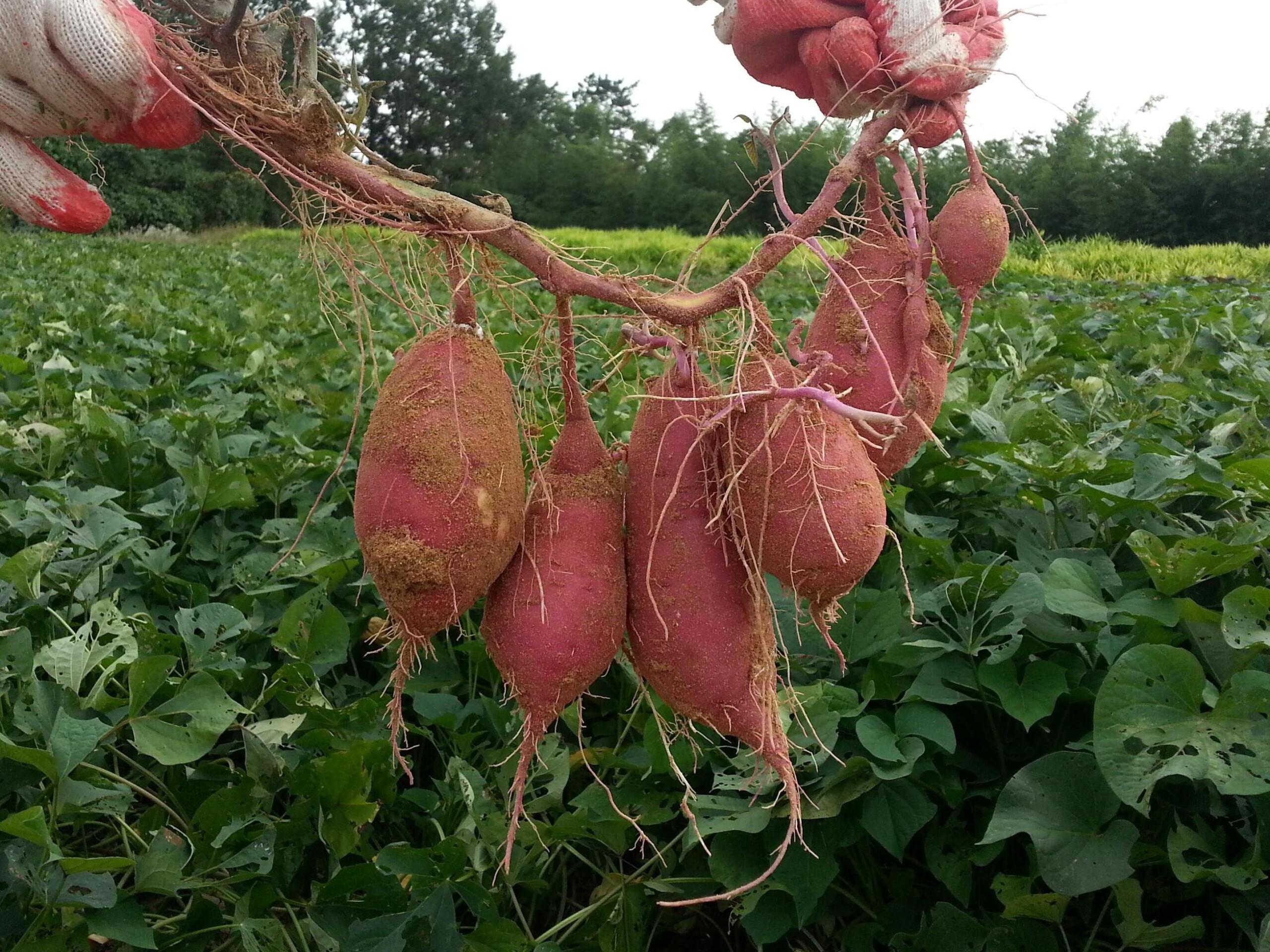
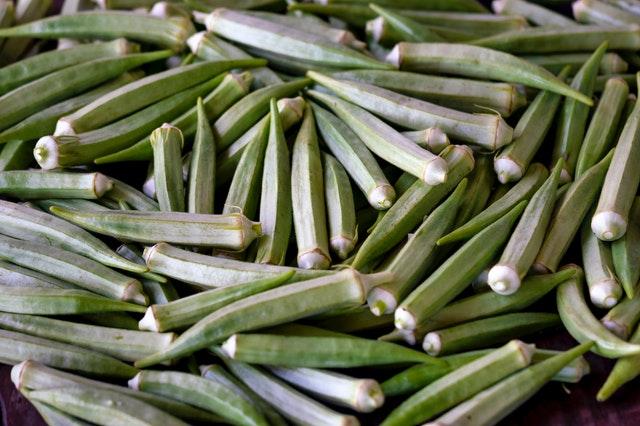
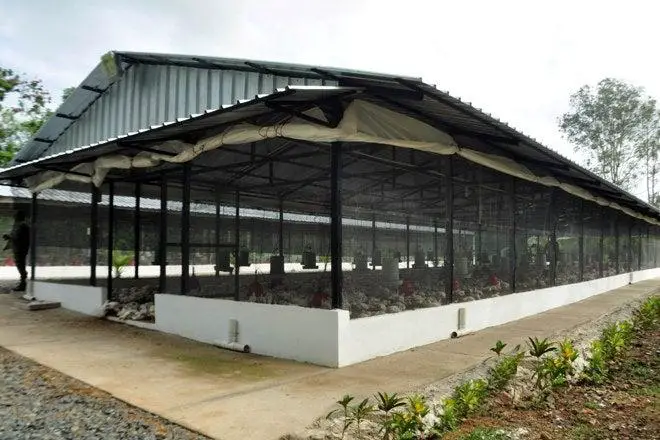
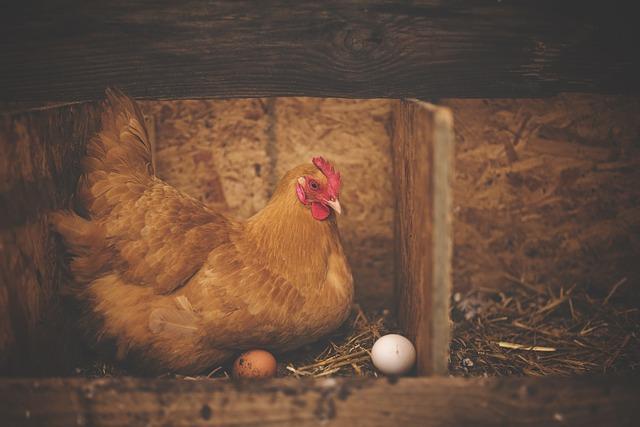
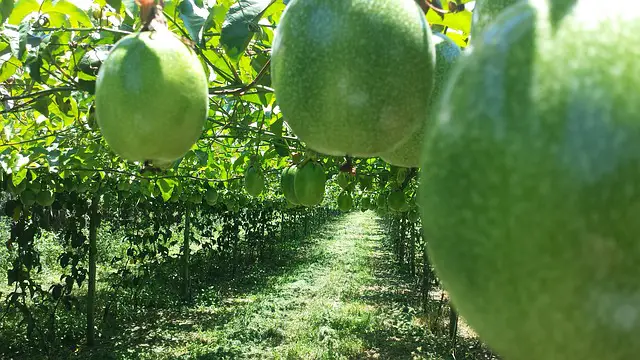
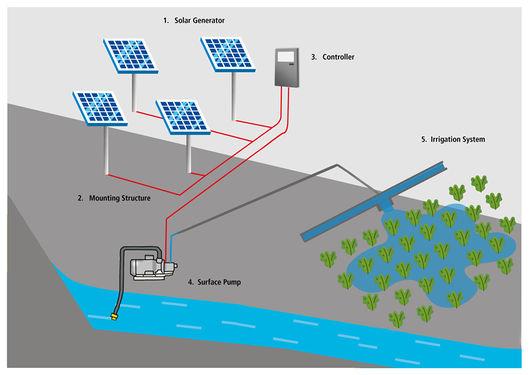
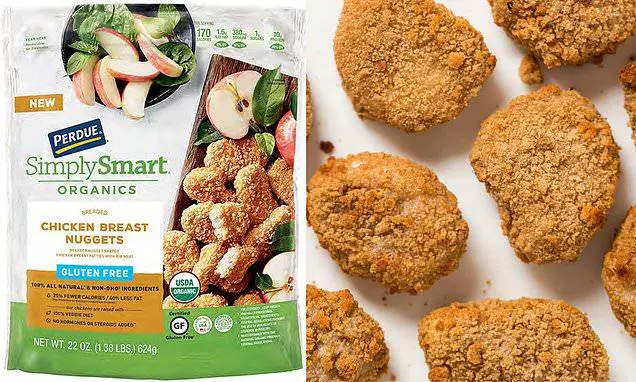
Very informative.